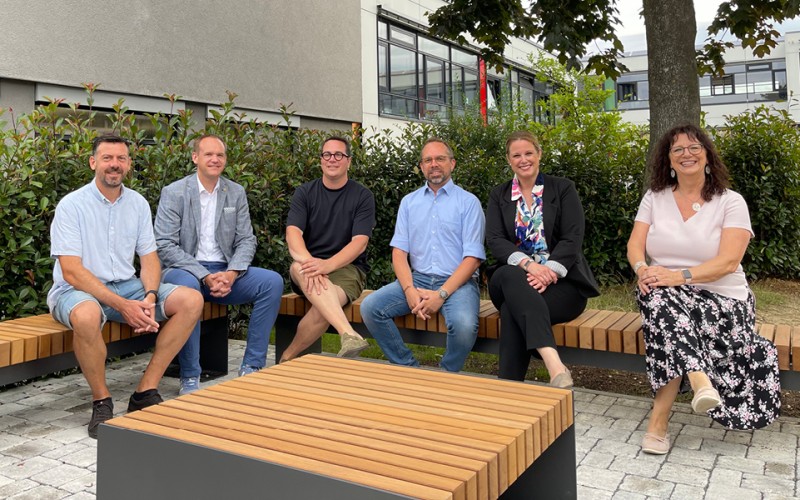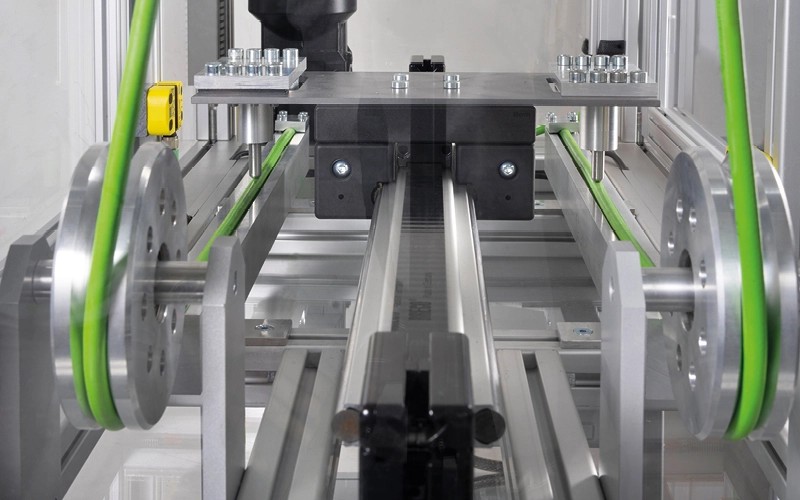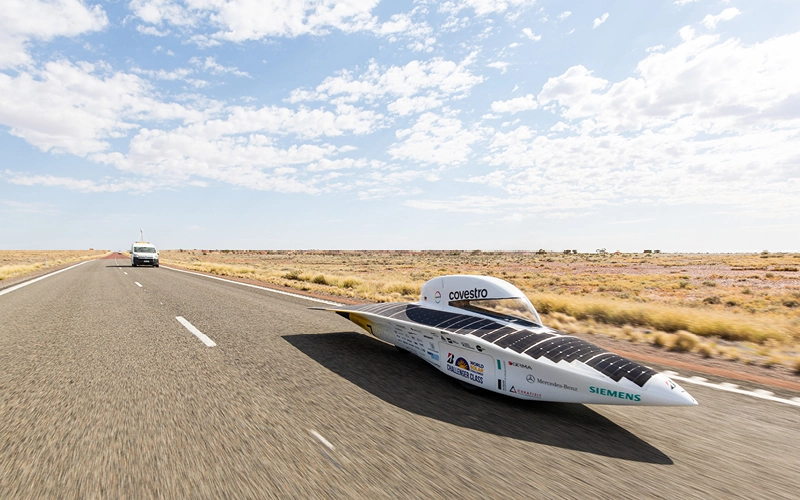Customer Success With KABELMAT’s Cable Winding Systems
KABELMAT Wickeltechnik (Winding Technology) shares our promise of quality and innovation in its production. Now, our customers experience those benefits, too.
_newsroom_big.jpg)
Since 2009, KABELMAT has been a subsidiary of HELUKABEL, growing the family of electrical cable solutions. Because of this, we’re able to offer cables and cable drums with effective storage and cutting solutions for your application.
Many of our customers are already using KABELMAT’s solutions. One of whom - PEI TEL Communications - uses custom equipment for their high-frequency radiating cables. They use cable winding technology to improve efficiency and continue to deliver high-quality voice and data transmission equipment.
Here’s everything you need to know about cable winding technology and how it’s led to PEI TEL’s success.
What is Cable Winding Technology?
Cable winding technology refers to the various techniques and machines used to wind cables and insulated wires. It ensures they’re organised into manageable forms for storage and transportation. For example, it could be onto drums or into coils.
This technology is essential for industries and companies that handle large cable lengths. Just like HELUKABEL and our customers. From telecoms and electrical power distribution to manufacturing and more. Wherever there needs power, control, or data transmission, there’s a cable and it needs winding.
The 6 Types of Cable Winding Systems
Not every cable winding system is the same. Different levels are more suitable for different companies.
- Manual Cable Winders - These are operated by hand and are suitable for small-scale operations.
- Semi-Automatic Cable Winders - There are some elements of automation, such as motorised measuring.
- Automatic Cable Winders - These are fully automated and ideal for high-volume, precision winding.
- Auto Reel Cable Winding Systems - These machines can automate the entire process from measuring to cutting.
- Cable Drum Winding Machines - These are specially designed to handle large cables and heavy drums.
- Horizontal and Vertical Winders - These vary in orientation depending on the space and cable type requirements.
Parts of Cable Winding Machines
To better understand what makes a successful cable winding system, it’s useful to know the general components. With KABELMAT products, you can expect well-matched solutions based on your requirements. For example, Our customer PEI TEL Communications values high safety measures. So, KABELMAT ensured its cable winding and unwinding product featured motion sensors to automatically stop the machines.
- Unwinder Machine
- Spool / Drum
- Guide Rollers
- Tension Control System
- Measuring Device
- Cutting Mechanism
- Safety Gates
How Does Unwinding Work?
Processes depend on the cable, customer requirement, and type of cable unwinding machinery used. For example, a manual cable winder has more steps than auto reel cable winding systems.
That said, every type of cable unwinding and winding will follow some general rules. Each one helps ensure the cable is safely cut and stored to a high standard. Here are the steps of the cable unwinding process:
- Step 1 - Setup - The cable drum or spool is mounted onto the machine and calibrated to the cut’s requirements.
- Step 2 - Threading - The end of the cable is threaded through the winder’s guide rollers and measuring devices.
- Step 3 - Tensioning - The tension control system is adjusted to the correct tension to maintain cable integrity.
- Step 4 - Unwinding - The machine unwinds the cable by rotating it until the desired length is reached.
- Step 5 - Cutting - Once the right length is reached, the cutting mechanism will activate and cut the cable.
- Step 6 - Collection - Any unwound cable is collected onto a smaller drum or into a coil for distribution.
- Step 7 - Checks - Before the cable is distributed, it needs to be inspected for winding damage such as abrasion.
With a custom solution, PEI TEL only needs one operator to control the line. The operator adjusts the tensile strength and speed using a touch panel. Using KABELMAT’s UMROL 1800, PEI TEL winds its cables onto classic wooden drums. Then, after cutting the cable, a second operator removes the drum, packs it, and takes it to be dispatched. Meanwhile, the first operator focuses on the next drum.
Advanced Cable Winders
Advanced cable winding machinery often incorporates modern features. At KABELMAT, teams innovate to include features that optimise the entire process. For example, automatic adjustment, remote control, third-party component integration, and safety enhancements.
Each business values these properties individually. Our customer, PEI TEL, for example, places a high value on their employee’s safety. Because of this, KABELMAT installed a solution with enhanced safety features such as sensors, automatic stopping mechanisms, and a protective gate.
PEI TEL’S Cable Winder Success Story
A few short years ago - in 2020 - PEI TEL Communications expanded its product offering. For over 30 years, it has supplied data transmission equipment but now supplies mobile and indoor radio technology, too.
This technology involves high-frequency radiating cables. However, these cables are extremely sensitive and require custom-calibrated machinery to ensure customers receive high-quality products. That's where KABELMAT products come in.
Read the whole story here: “ Customer Highlight: PEI TEL Communications ”.



